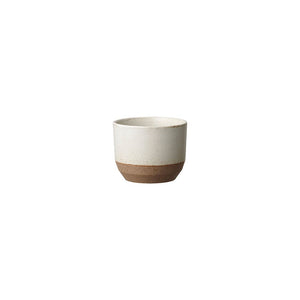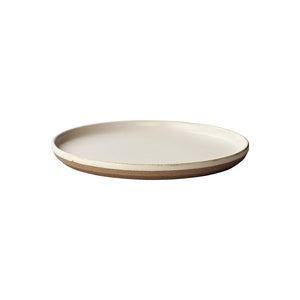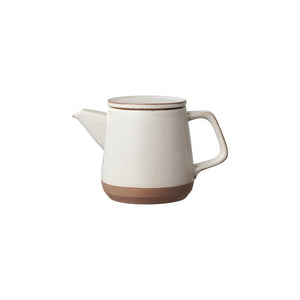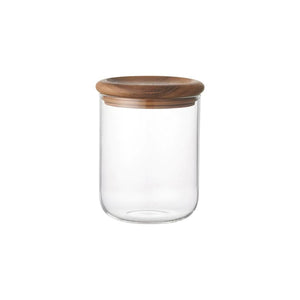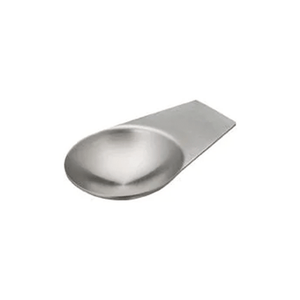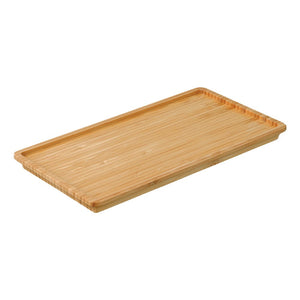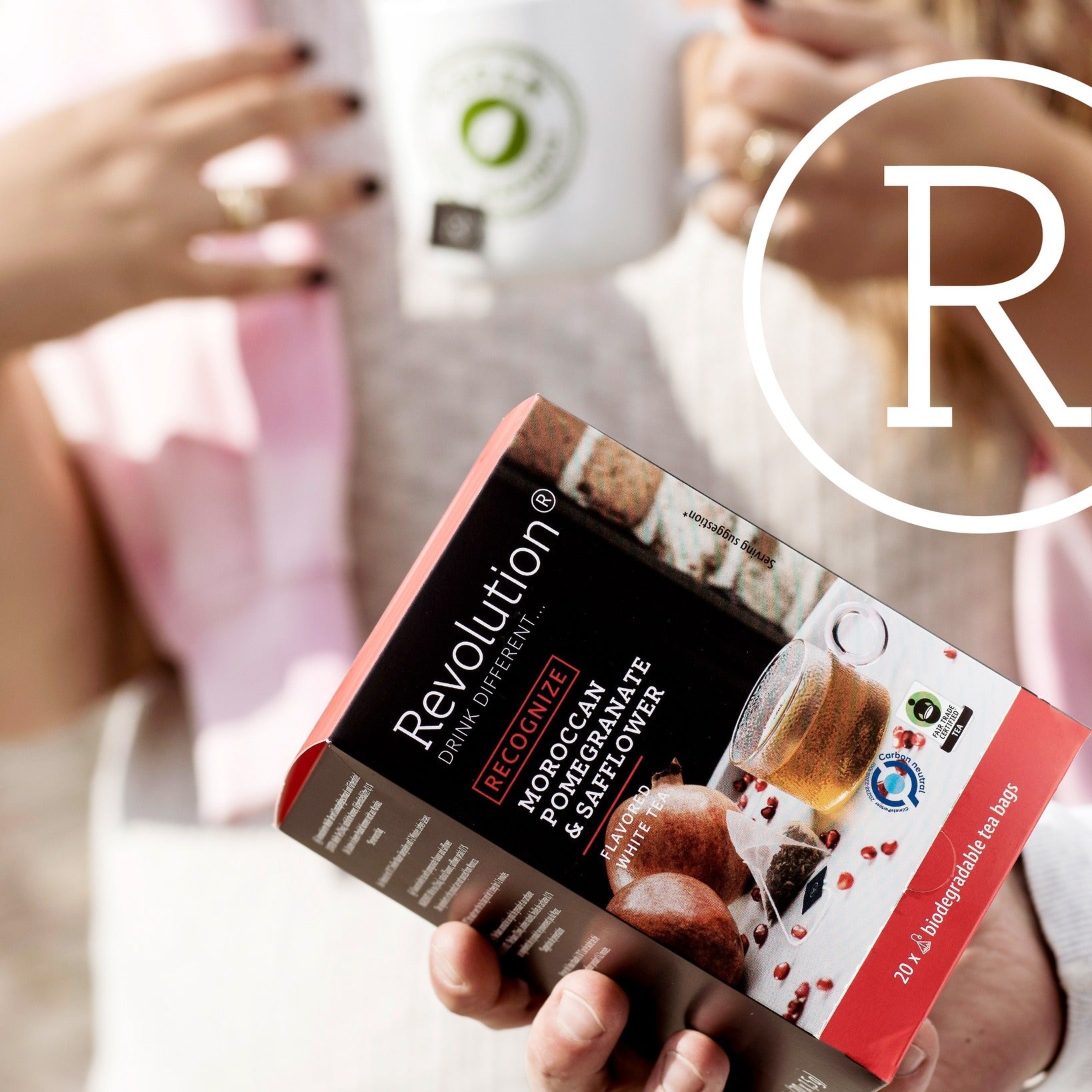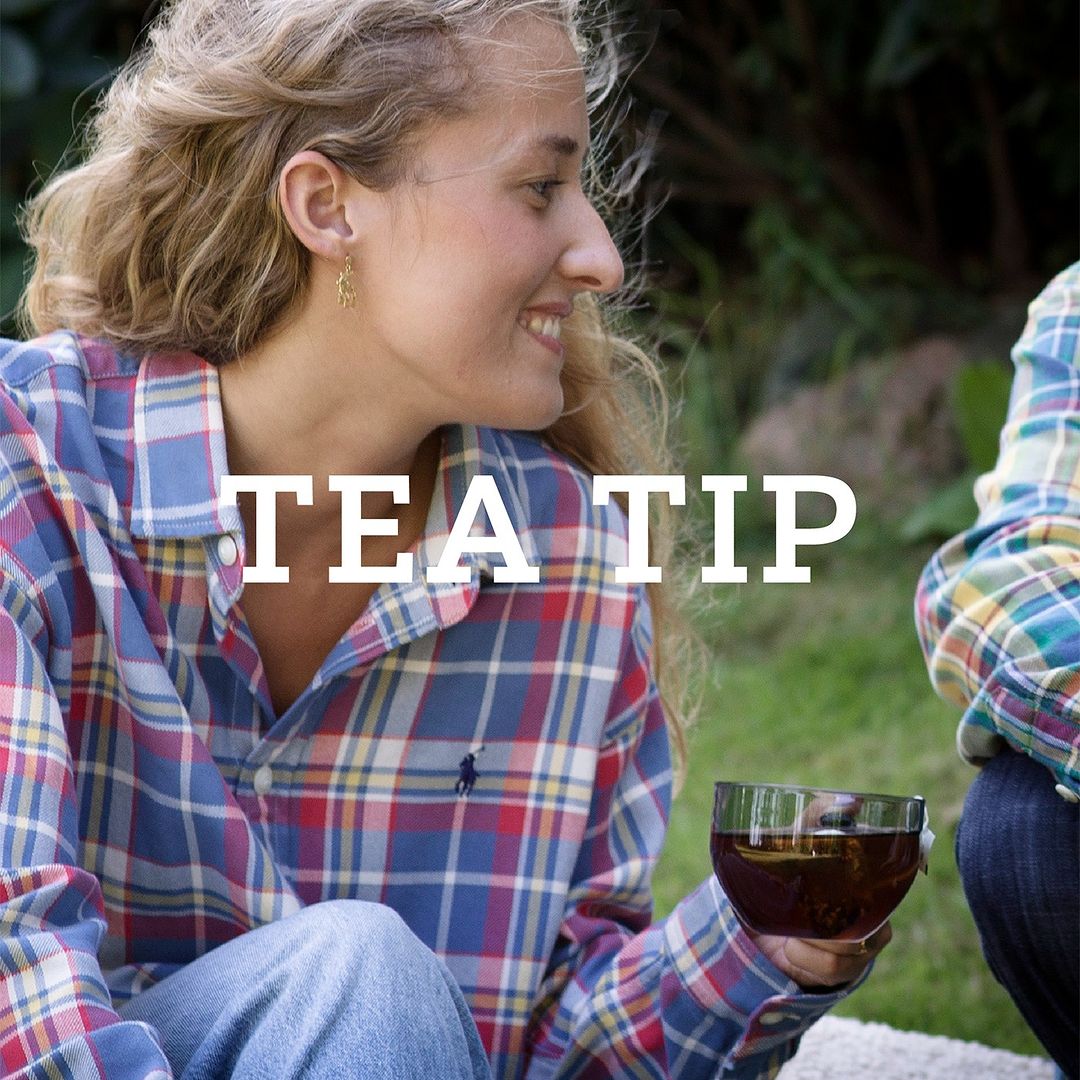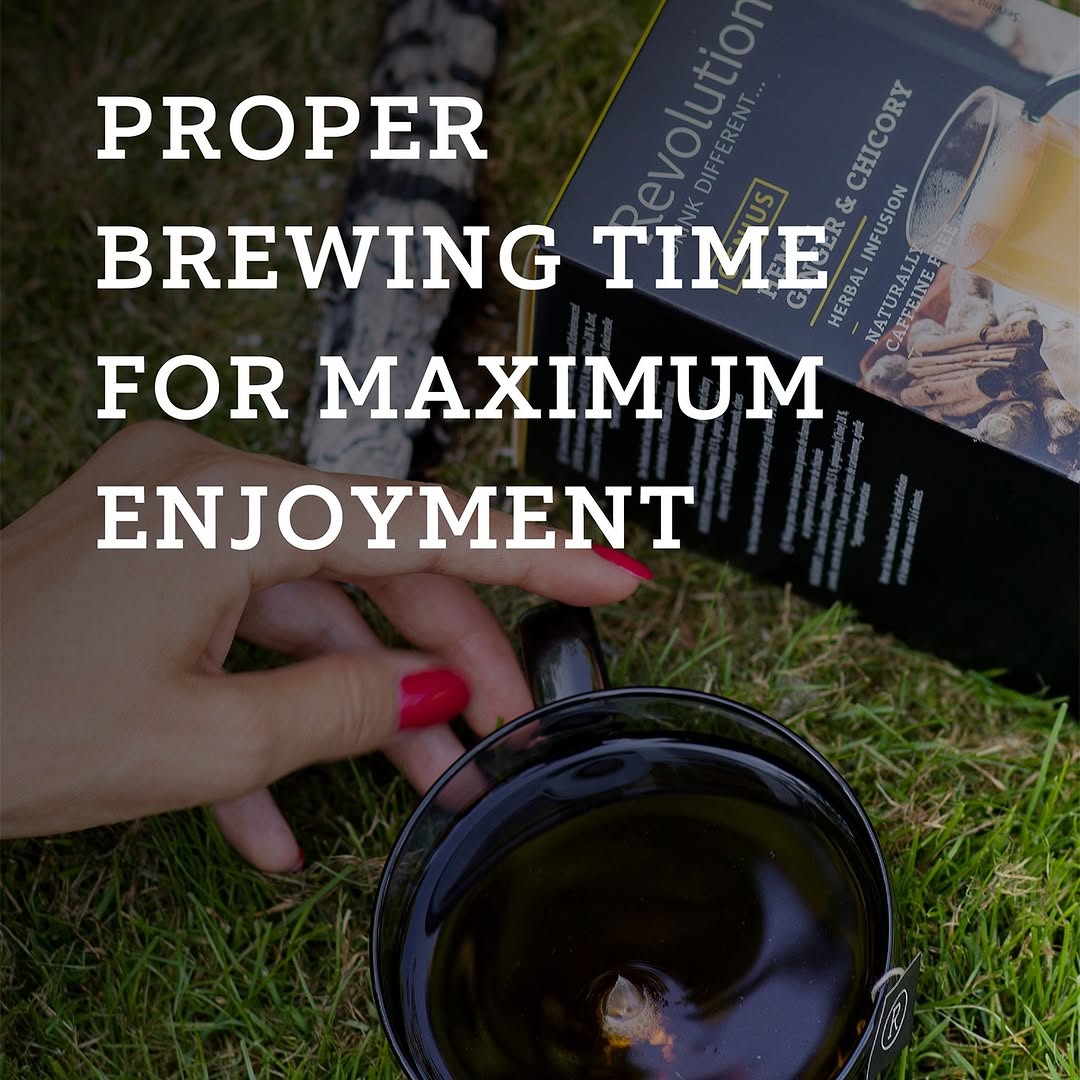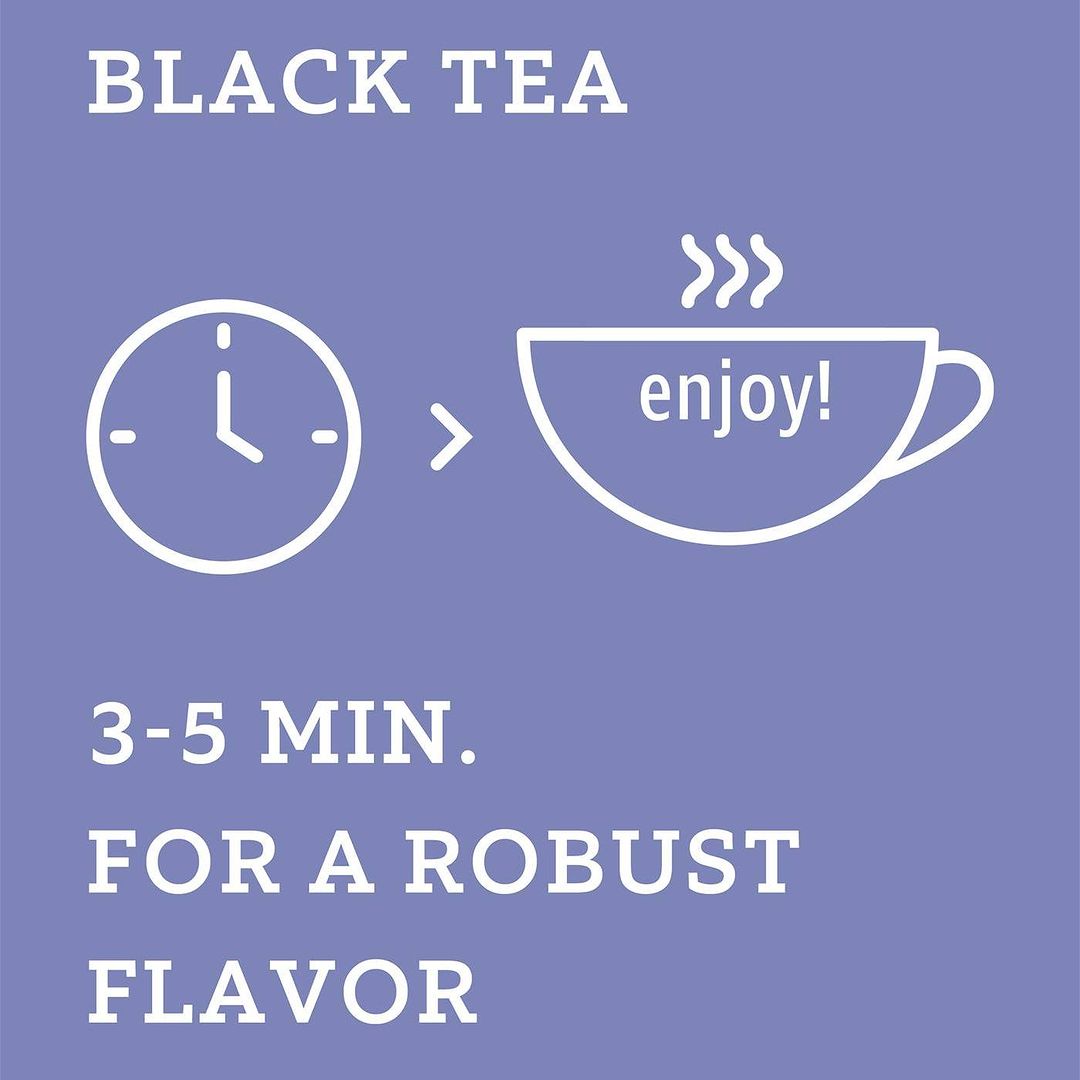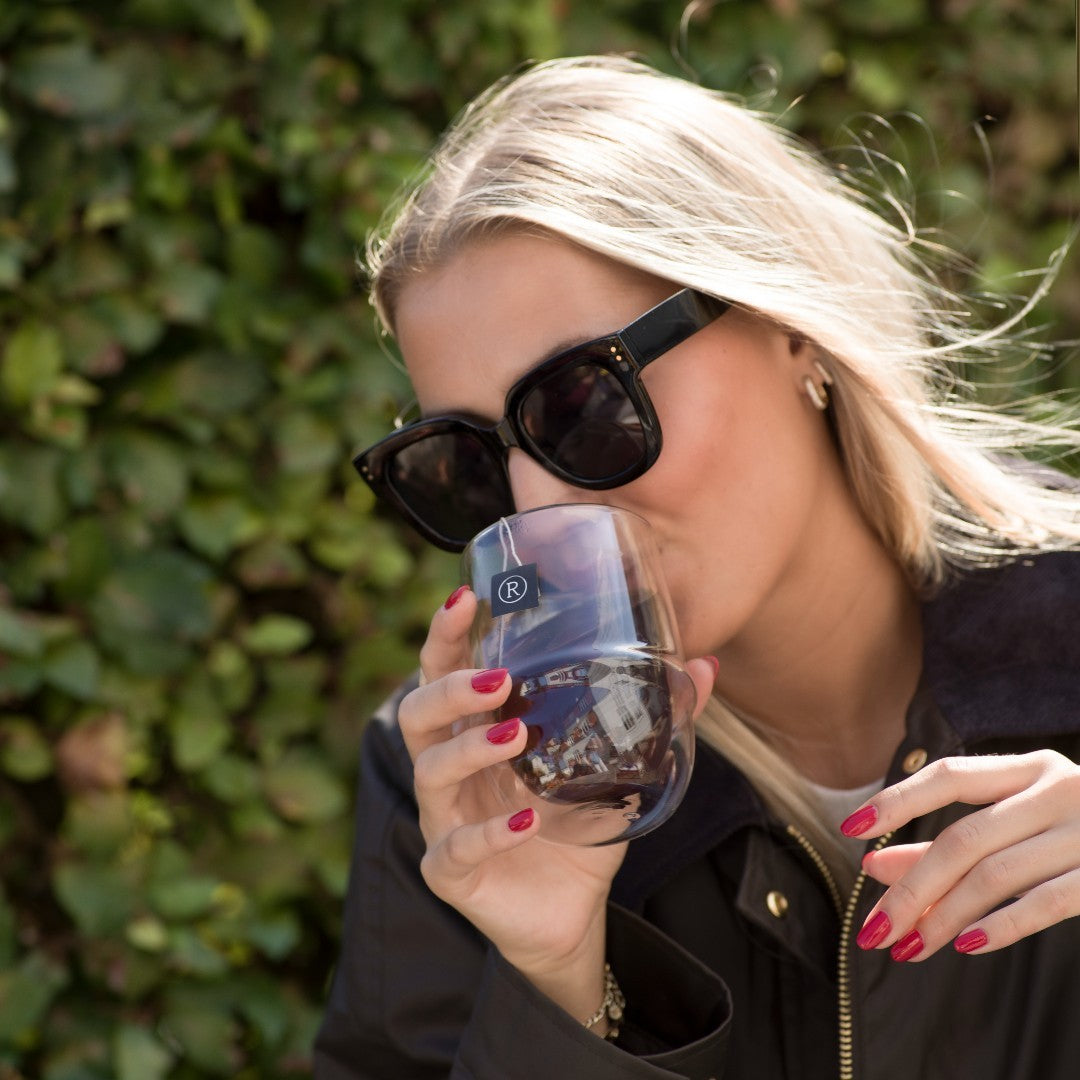Tea Types
What is camellia sinensis and why should we care?
We know, that's a tongue-twister, but Camellia Sinensis is one mighty important word for tea lovers. It's the botanical name for the tea plant, a little trivia to impress your friends with when you're drinking tea. All teas – black, green, oolong, white – come from Camellia Sinensis. If a beverage is made from any other plant or infusion, even if it's called tea, it's really an herbal tea or tisane. Revolution makes some tasty tisanes, too, but more about that later.
As you can guess from Shen Nung's discovery, tea originated in Asia, where Camellia Sinensis grows wild. Now cultivated around the world, this subtropical evergreen plant grows best in loose, deep soil at high altitudes. That means tea likes to be on top of things, which is where we think it belongs (take that, h3O).
Hand Picked vs Machine-Harvested Tea
Since the best tea is usually grown at higher elevations, often on steep slopes, it must be hand picked in the traditional, time-consuming way. By contrast, many of the teas used for tea bags or iced teas are grown on large, flat, lowland areas to make it easier to harvest them by machine.
Premium tea usually contains only the top two leaves and the unopened bud, all picked carefully by hand and then processed to reach the desired result. The "bud," by the way, isn't a flower, but the young, unopened leaf of the plant, which is its freshest growth.
Machine picked and processed tea is the kind found in ordinary tea bags at your local supermarket. They usually include the uppermost leaves and unopened buds, but also typically contains varying amounts of older leaves, stalks and stems. Machine picked teas vary in quality and may be quite good, but can't achieve the standards set by premium teas.
So, can you guess which kind of tea Revolution is? Your choices are:
- Hand-picked, premium teas grown at higher elevations
- Machine-harvested teas grown in flat lowlands.
If you guessed "1," you're on your way to being steeped in tea knowledge.
Your Favorite Teas, and How They're Made
Before we talk about the types of tea, here's the inside scoop on what your cup contains. Brewed tea, which is called the "liquor," includes essential oils, caffeine and polyphenols. The essential oils provide the distinctive aroma and flavor of tea, while the polyphenols are associated with antioxidants, which scientists believe can boost the immune system and help prevent illness. Caffeine, of course, provides the natural energy boost also found in chocolate and coffee.
Now let's talk tea types. Different types of tea – black, green, oolong, white – are classified by the way they're processed, which results in varying levels of oxidation. So what is oxidation? It's the natural process by which enzymes in the tea leaf interact with oxygen after the cellular structure in the leaf has been broken. It's the same process you've seen in a freshly-cut apple, which soon starts to turn brown. Once this alteration is complete, all teas are finished by drying the leaves.
Following is a look at the four basic styles of tea. We suggest waiting to pick a favorite till you've tried Revolution's take on teas.
Is it a Tea or a Tisane?
Herbal teas, known as tisanes, have a history as long as tea itself, but the two are distinctly different drinks. Tisanes are caffeine-free beverages that don't contain any tea. Instead, they contain fresh or dried flowers, leaves, fruits, seeds and/or herbs that are steeped in boiling water. In short, they're not really teas at all, even though most of us – including the tea gurus here at Revolution – call them herbal teas.
So how long have tisanes been around? Since 1550 BC at least. Documents dating back to ancient Egypt and China have mentioned the pleasures and medicinal benefits of herbal tea. The word "tisane" comes from the Greek word ptisane, which is a drink made from pearl barley. In China, herbal tea is commonly known as liong cha (Cantonese) or liang cha (Mandarin).
Rooibos, a South African herb, is one of the newest tisanes. Often referred to as "Red Tea," rooibos has a rich, slightly sweet flavor that's a favorite with herbal tea lovers. The naturally caffeine-free rooibos leaves are fermented to produce their distinctive reddish-brown color and contain even more antioxidants than green tea.
Even if you're not a fan of herbal tea, Revolution's selection of premium tisanes might make you an instant convert. Southern Mint Herbal Tea, a new take on traditional English mint tea, is soothing and delicious. Golden Chamomile Herbal Tea, a blend of whole Egyptian chamomile flowers and peppermint leaf, is light and relaxing, our most popular blend. Citrus Spice Herbal Tea and Honeybush Caramel Herbal Tea are made from luscious blends of rooibos, fruits and spices.
Pick up some of our herbal teas and start the water boiling.

Black Tea
Black tea remains the perennial favorite among tea drinkers. In fact, it still accounts for more than 90% of all tea sold in the West. The most oxidized of all tea types, black tea is generally stronger in flavor and contains more caffeine than other teas. Since black tea retains its flavor for several years, it has been an important item of trade for centuries, and was actually used as a form of currency in Mongolia, Tibet and Siberia during the 1800's.
SHOP BLACK TEAS »

Green Tea
Green tea started the buzz for the health benefits of tea. Typically, green tea undergoes a multi-step process of steaming, pan-firing, and/or rolling before being dried to stop the oxidation process. Little oxidation occurs in most green teas, so they're differentiated from white teas mainly by the extra steps of processing the leaf before drying. Green teas reportedly contain the second highest concentration of antioxidants, which can neutralize dangerous free radicals in the body. The flavor of green tea ranges from grassy to sweet and has a mild astringency.
SHOP GREEN TEAS »

Oolong Tea
Oolong Tea means "black dragon" tea in Chinese, a name that does justice to its boldness and drama. This traditional Chinese tea undergoes a unique process, including withering under the strong sun and oxidation before curling and twisting. Oolongs range between 8% and 85% oxidized, which results in a wide range of colors and aromas. The flavor of oolongs is equally diverse: they can be smoky, sweet and fruity, woody and thick , or green and fresh.
SHOP OOLONG TEAS »

White Tea
White tea is so young and pure it might need a chaperone. Grown and harvested almost exclusively in China, white tea comes from the delicate buds and younger leaves of the tea plant, which are allowed to oxidize naturally. The least processed of all tea types, white tea is closer to the plant's natural state, increasing the tea's antioxidant properties. Its name comes from the fine silvery-white hairs on the unopened buds, which give the plant a whitish appearance. White tea has long been prized for its delicate flavor and aroma.







